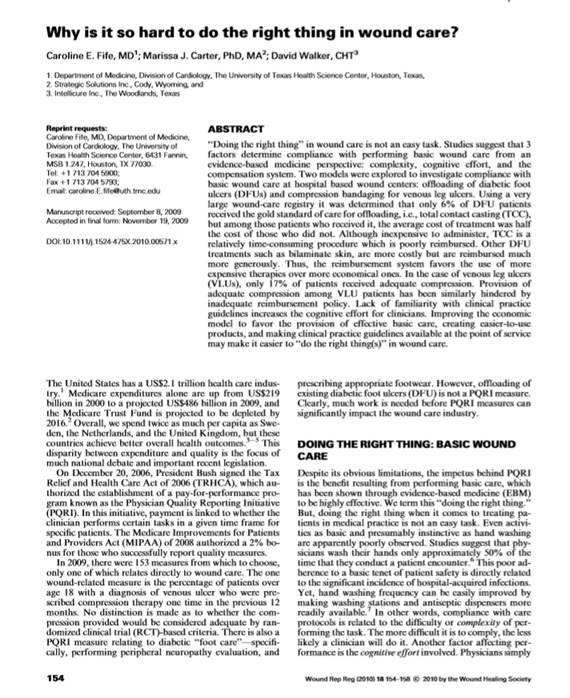In October 2019, a study in the Journal of the American Medical Association (JAMA) reported that waste accounts for roughly one-quarter of all U.S. healthcare spending. A conservative estimate of the cost of waste is over $900 billion annually. Former CMS Administrator Donald Berwick, M.D., suggested that waste in U.S. healthcare equals or exceeds the entire annual cost of Medicare and Medicaid. In other words, we could end the looming bankruptcy of the Medicare trust fund if we just stopped wasting our healthcare resources. Included in the definition of “waste” are: failure of care delivery, failure of care coordination, over-treatment (“low-value care”), fraud & abuse, and administrative complexity.
I’d like to rephrase the categories of wasted healthcare dollars as:
- We DID NOT DO things we should have done
- We did things others had ALREADY DONE
- We did things we SHOULD NOT HAVE DONE
- We said we did things we DID NOT ACTUALLY DO
- We made doing things HARDER THAN IT HAD TO BE
A decade ago, Dr. Marissa Carter and I published a paper entitled, “Why is it so hard to do the right thing in wound care?” (Wound Rep Reg (2010) 18;154–158.) I’ve embedded the abstract below. We found that venous leg ulcer patients were documented to receive adequate compression in only 17% of visits. The data on adequate offloading of diabetic foot ulcers was worse. We decided to tackle that with quality measures. We could not get VLU compression or DFU quality measures accepted as national measures for what is now called MIPS (the Merit Based Incentive Payment System). We were able to get CMS to approve them as Qualified Clinical Data Registry (QCDR) measures. Last year the change was gratifying. In over 60% of visits, a VLU patient receives adequate compression. When combined with arterial screening of leg ulcer patients, the healing rates in hospital based outpatient wound centers have dramatically increased and the national benchmark rate is over 50% (aggregating VLUs of all severity scores).
What’s my point? My point is that although we are doing better, when it comes to wound management, there are still things we know we should do that we do NOT do. We also have a big problem with regard to doing things we should not have done. That’s a tricky subject, since coverage policy does not adhere as closely to the evidence base as we would like. In many cases, payers don’t cover something because they want data to show it works. In fact, the data is THERE. It’s just that no one wants to pay to analyze data if it means identifying what we should not do. Meaning, things we do that don’t work very well. That’s because, in healthcare spending, “one man’s waste is another man’s revenue.”
The US Wound Registry developed wound relevant quality measures to help clinicians “do the right thing.” There are a lot of practitioners who care about doing the right thing. Certainly, all payers care about it. Payers are looking for doctors who want to do the right thing and to demonstrate it through quality reporting.
“For I have the desire to do what is good, but I cannot carry it out. For what I do is not the good I want to do.”
–Romans 7:14 NIV


Dr. Fife is a world renowned wound care physician dedicated to improving patient outcomes through quality driven care. Please visit my blog at CarolineFifeMD.com and my Youtube channel at https://www.youtube.com/c/carolinefifemd/videos
The opinions, comments, and content expressed or implied in my statements are solely my own and do not necessarily reflect the position or views of Intellicure or any of the boards on which I serve.




Great article! Thanks for all your work bringing your clinical knowledge and most of all common sense to the wound care field!
Take ownership, be a patient and financial advocate, then communicate, communicate, communicate! It baffles me how much time I have to spend on the phone these days to order a radiological study. I was recently told that the imaging center would not call to clarify an order and just throw out the paperwork…also told that unless a patient could independently move to the imaging table they could not perform the study. These were both cases that involved infected hardware and septic arthritis. Lastly I was asked by a nephrologist to admit a patient to an LTACH to receive her dialysis simply because the center could not provide a bed for her to lay down in to adequately offload a sacral pressure injury. That is all “making it harder than it has to be.”